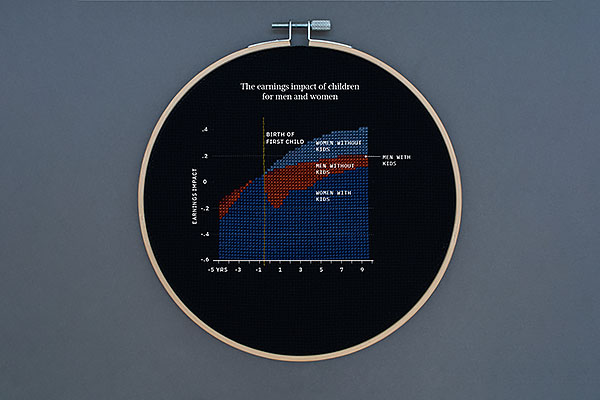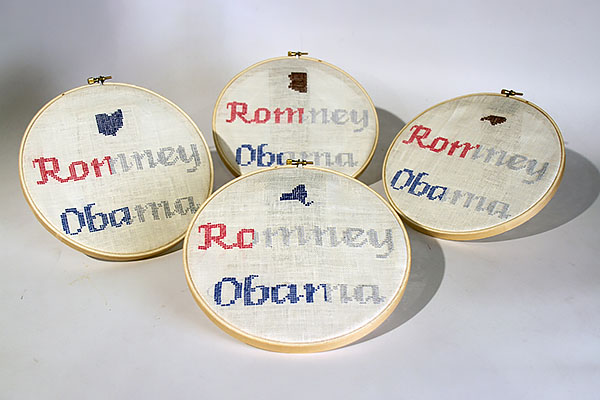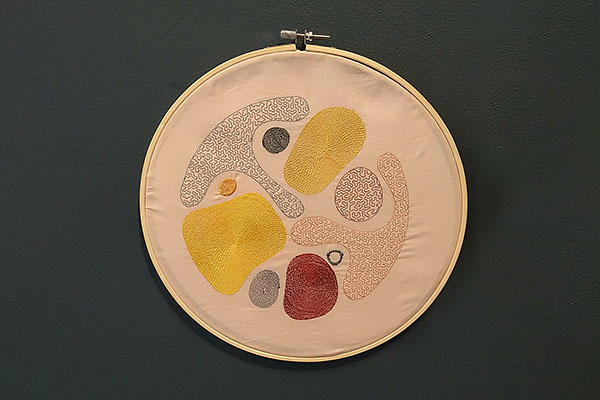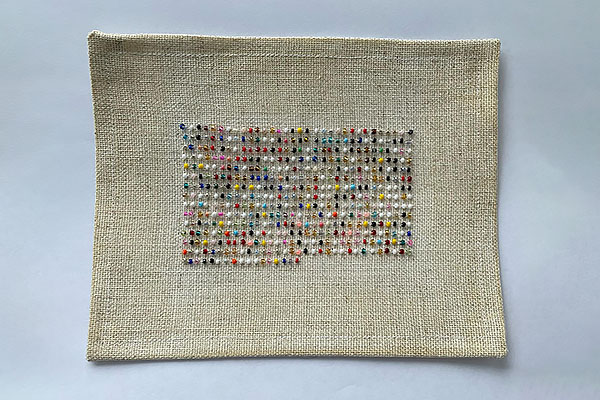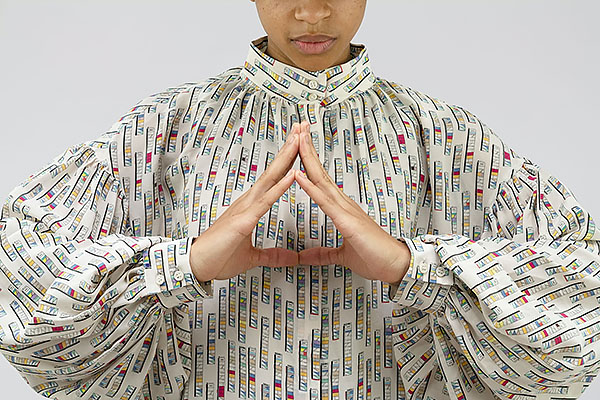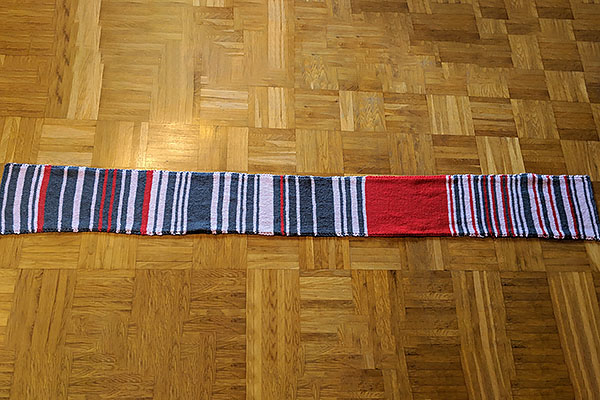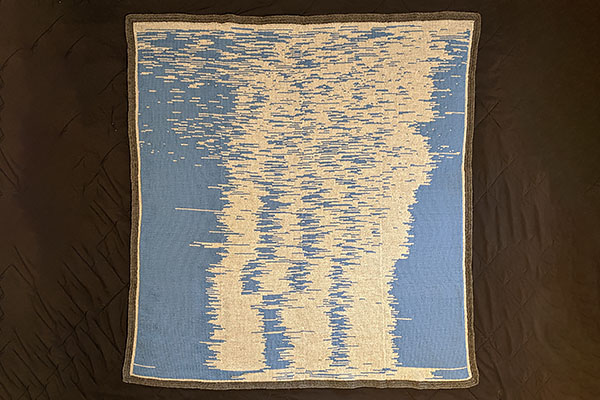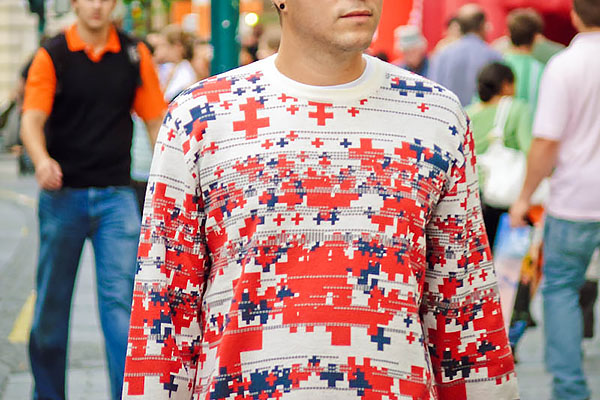1. State of the Art¶
There are many, many projects and areas that interest me that could fit in the scope of Fabricademy in one way or another. In the interest of feasibility, I chose to restrain myself to documenting only one of those areas first (Data Physicalization) and I intend to come back later and fill this out more as I progress in the program.
Data Physicalization¶
Data Physicalization is the use of physical artefacts as support for data visualization. In the case of textile objects, data physicalization can serve many purposes beyond informational: artistic, political, practical... The use of traditional crafts provides an interesting contrast with the modernity of data processing methods, while the tangible and tactile aspects of textiles can create a different, more emotional and visceral response to the data itself.
Here is a small selection of data physicalization projects showcasing different techniques:
An interesting observation that can be made about all these projects is that the elements used to represent different variables in the data (size, shape, color, placement...) are all transposed from traditional 2D data visualization supports, like print or screens. I would really like to explore what more has or can be done with textiles to represent data in new ways afforded by this medium: 3-dimensionality, texture, drape, stretch...
